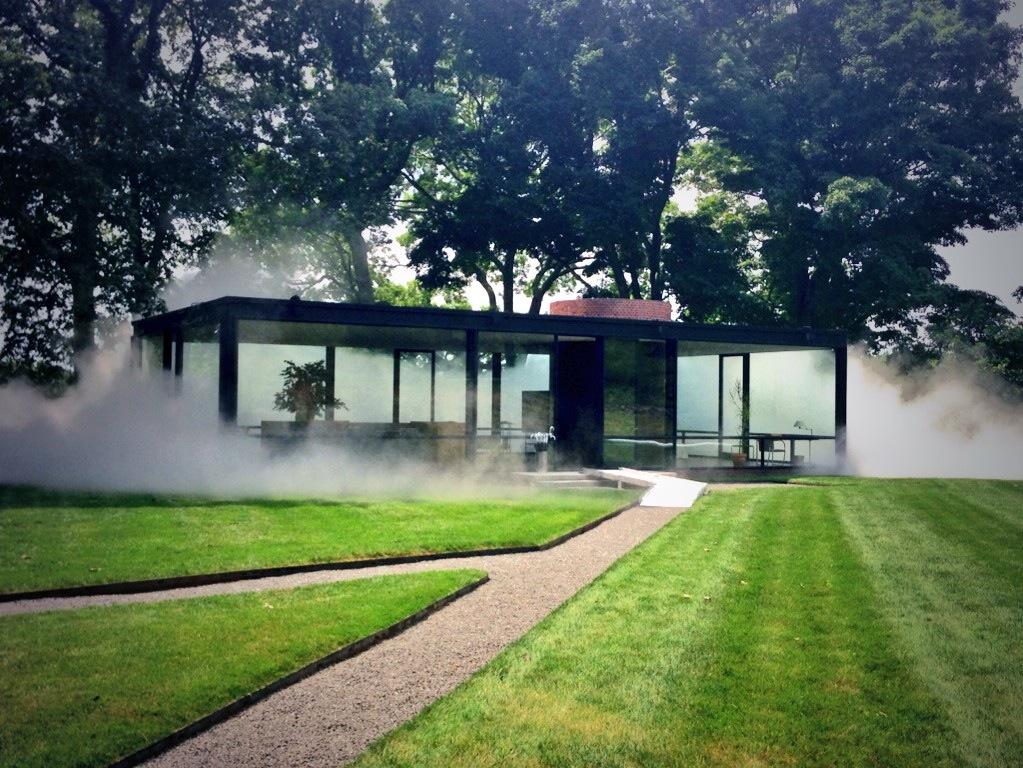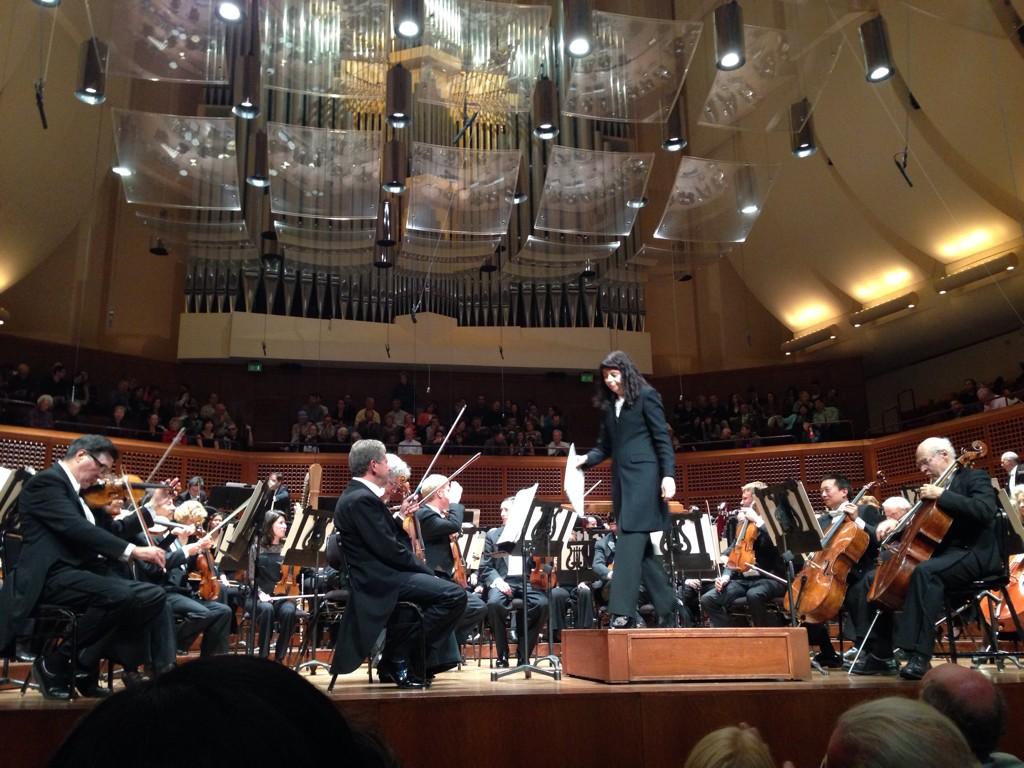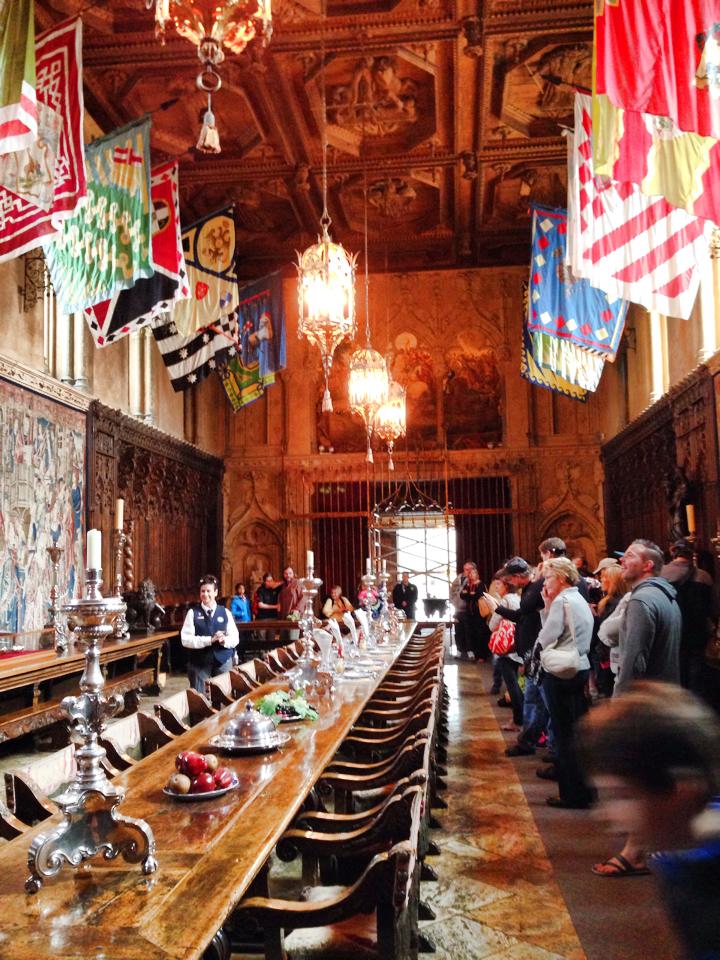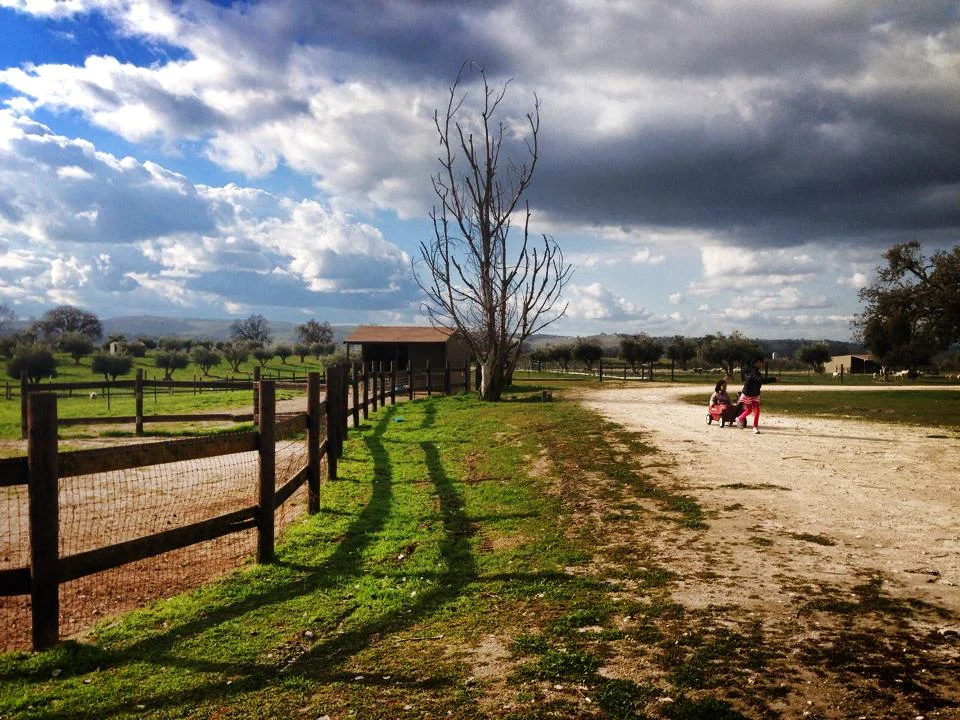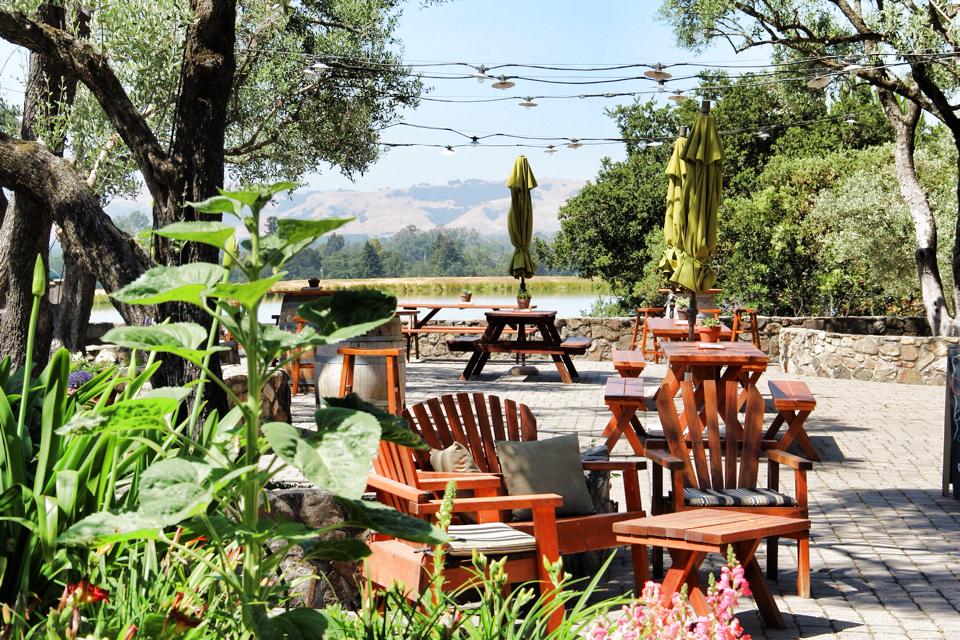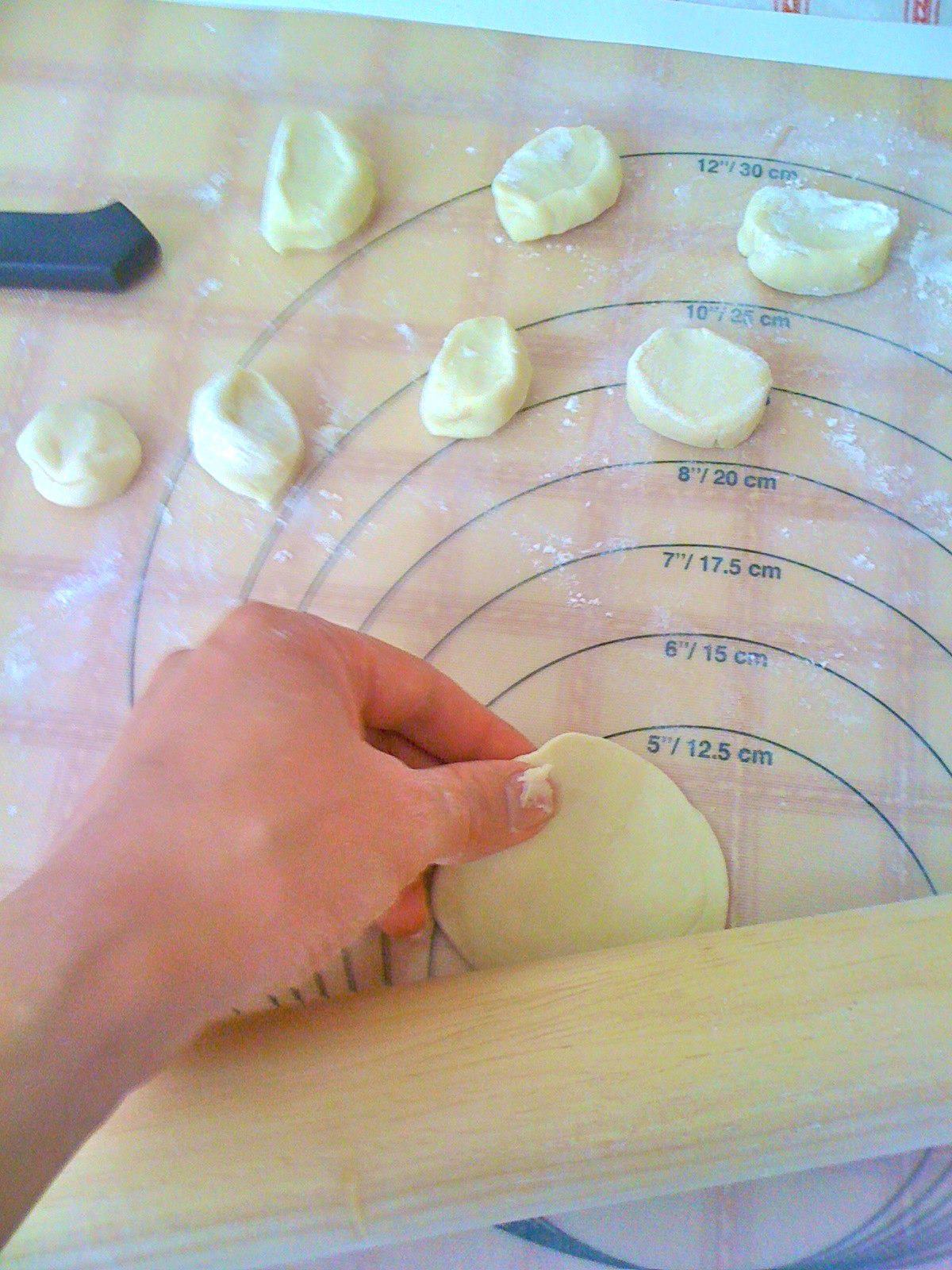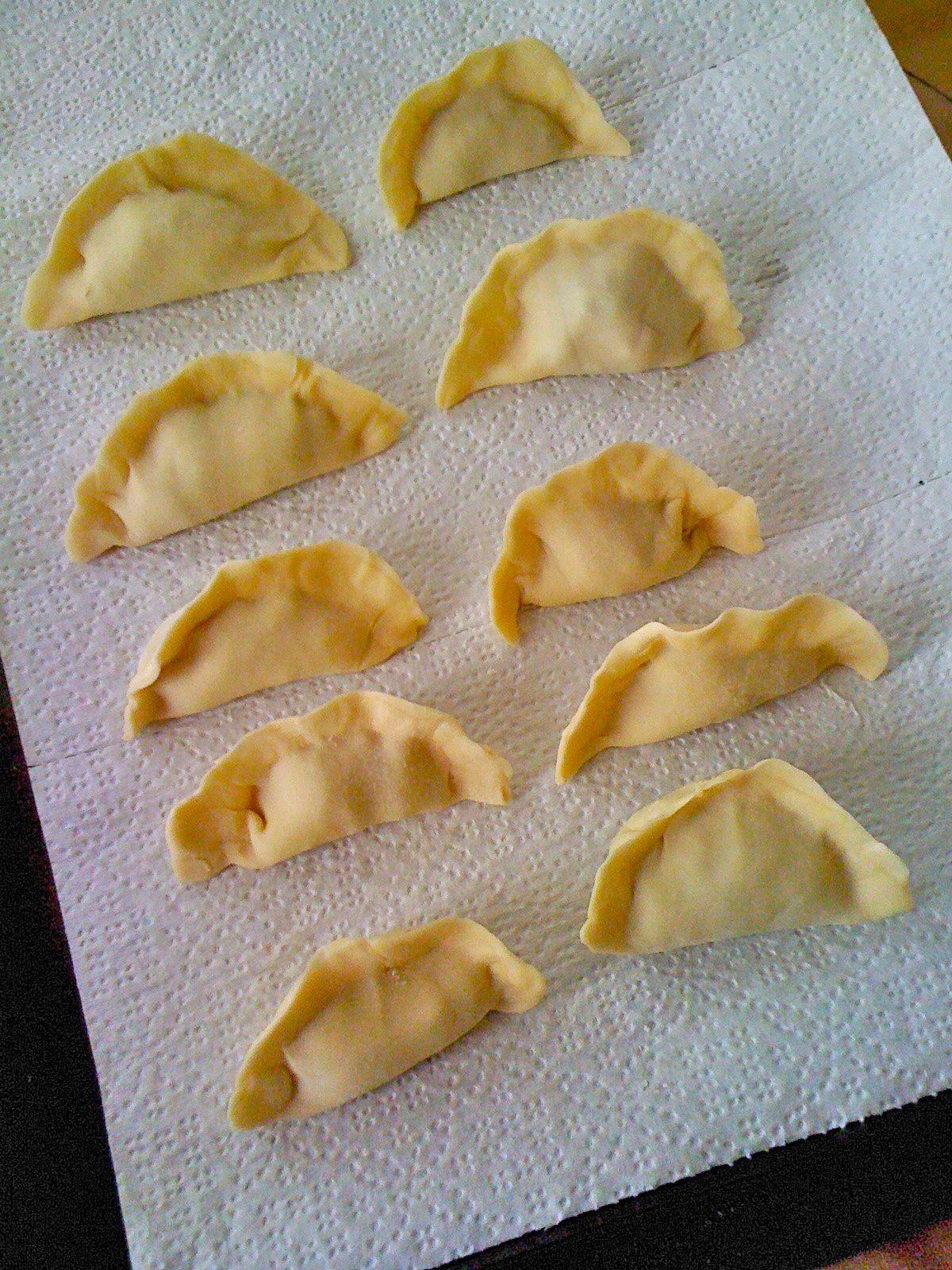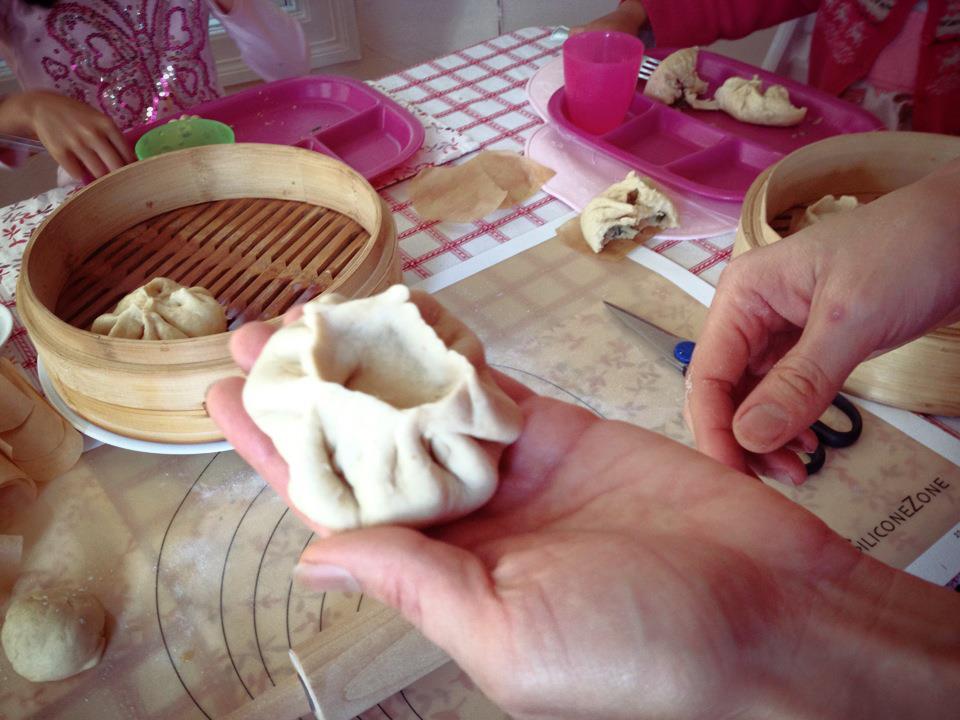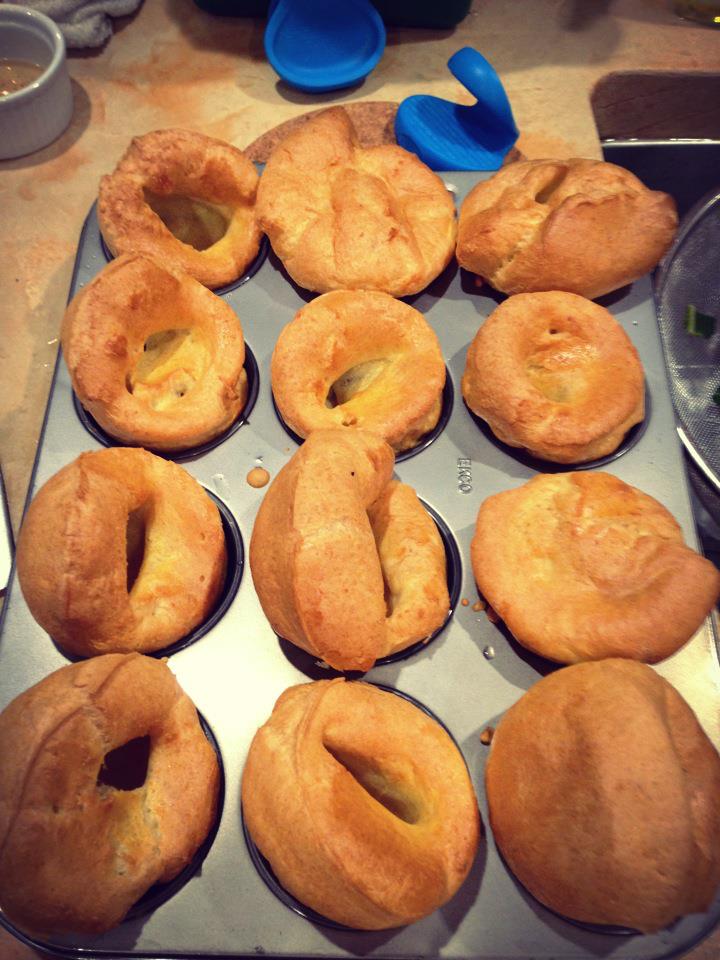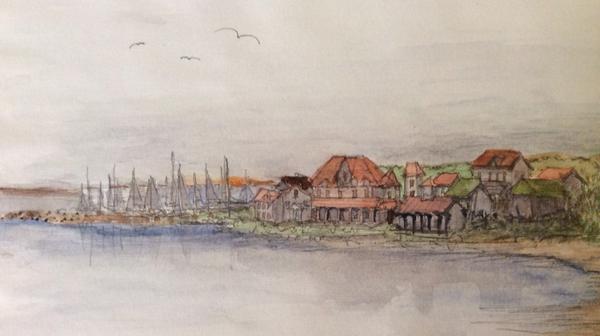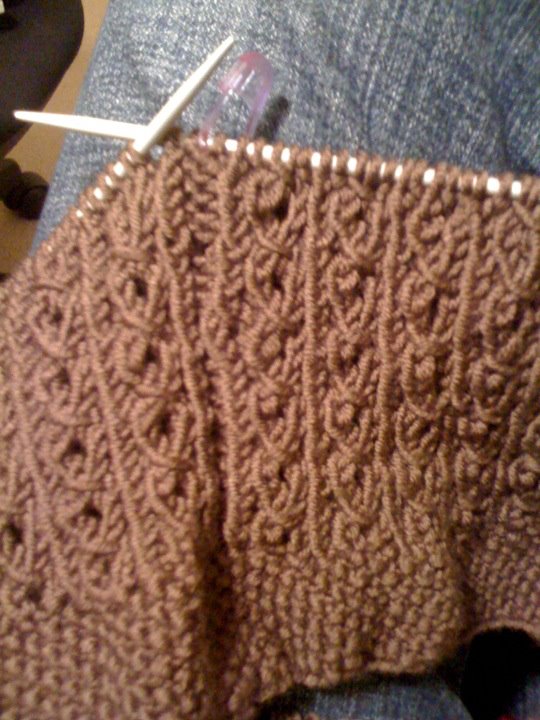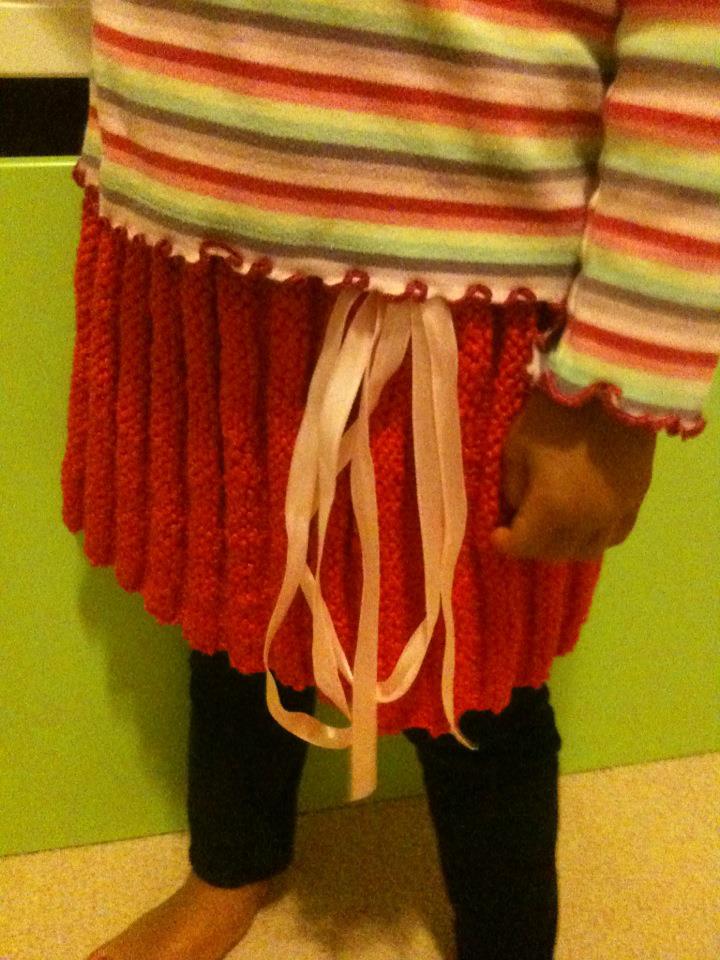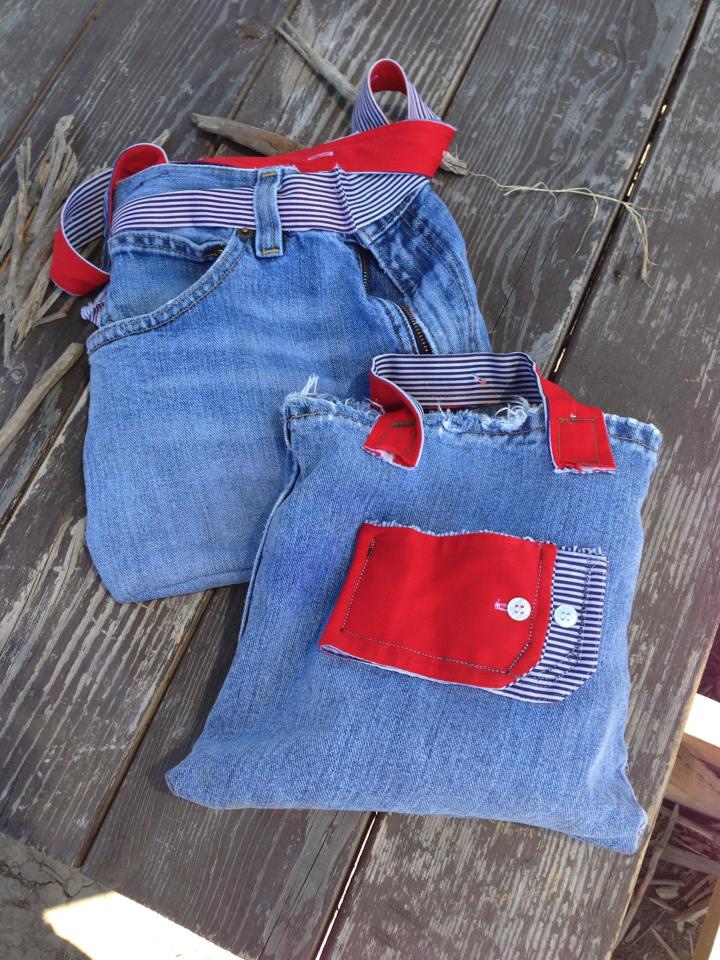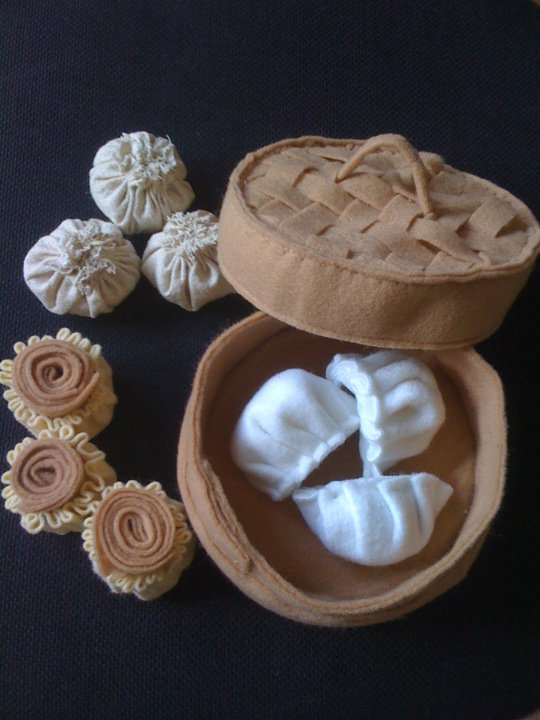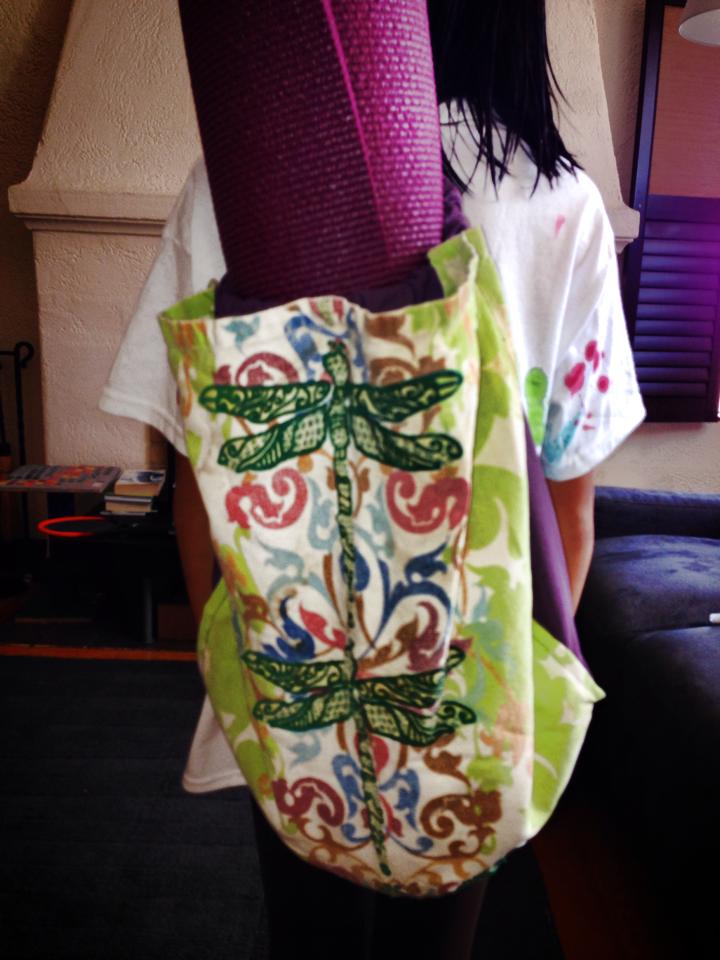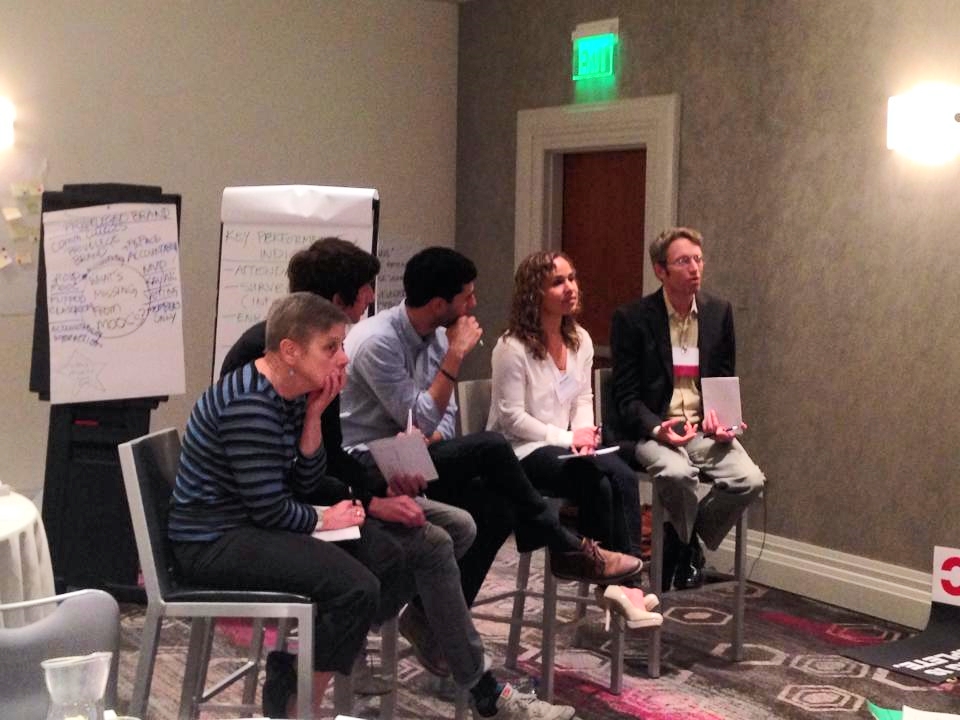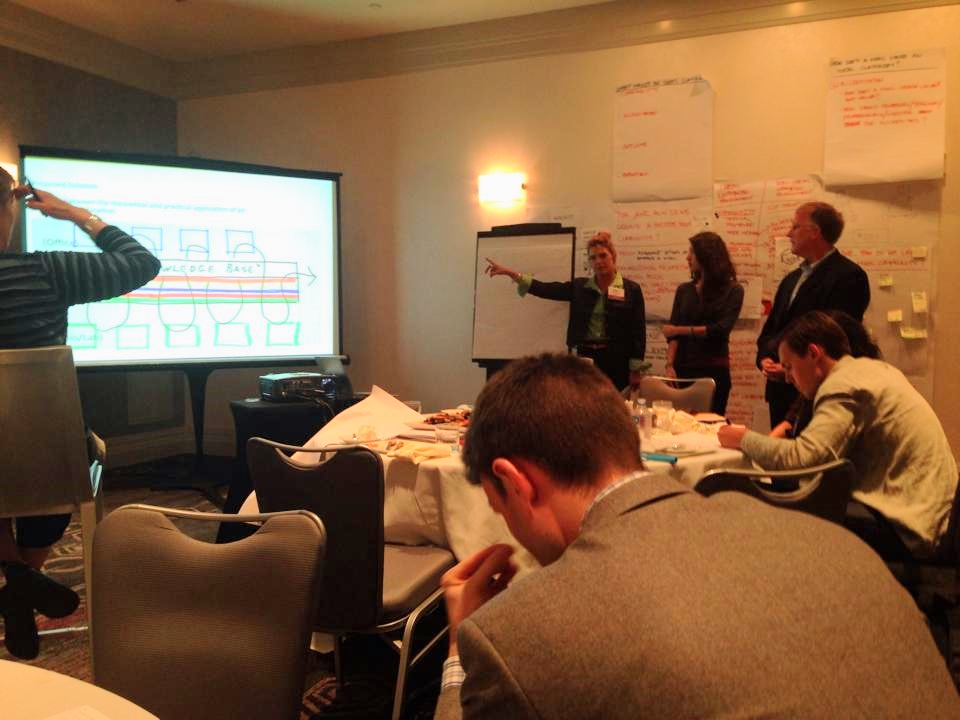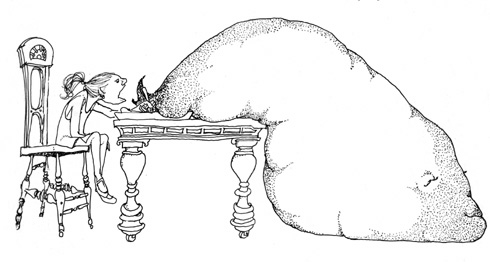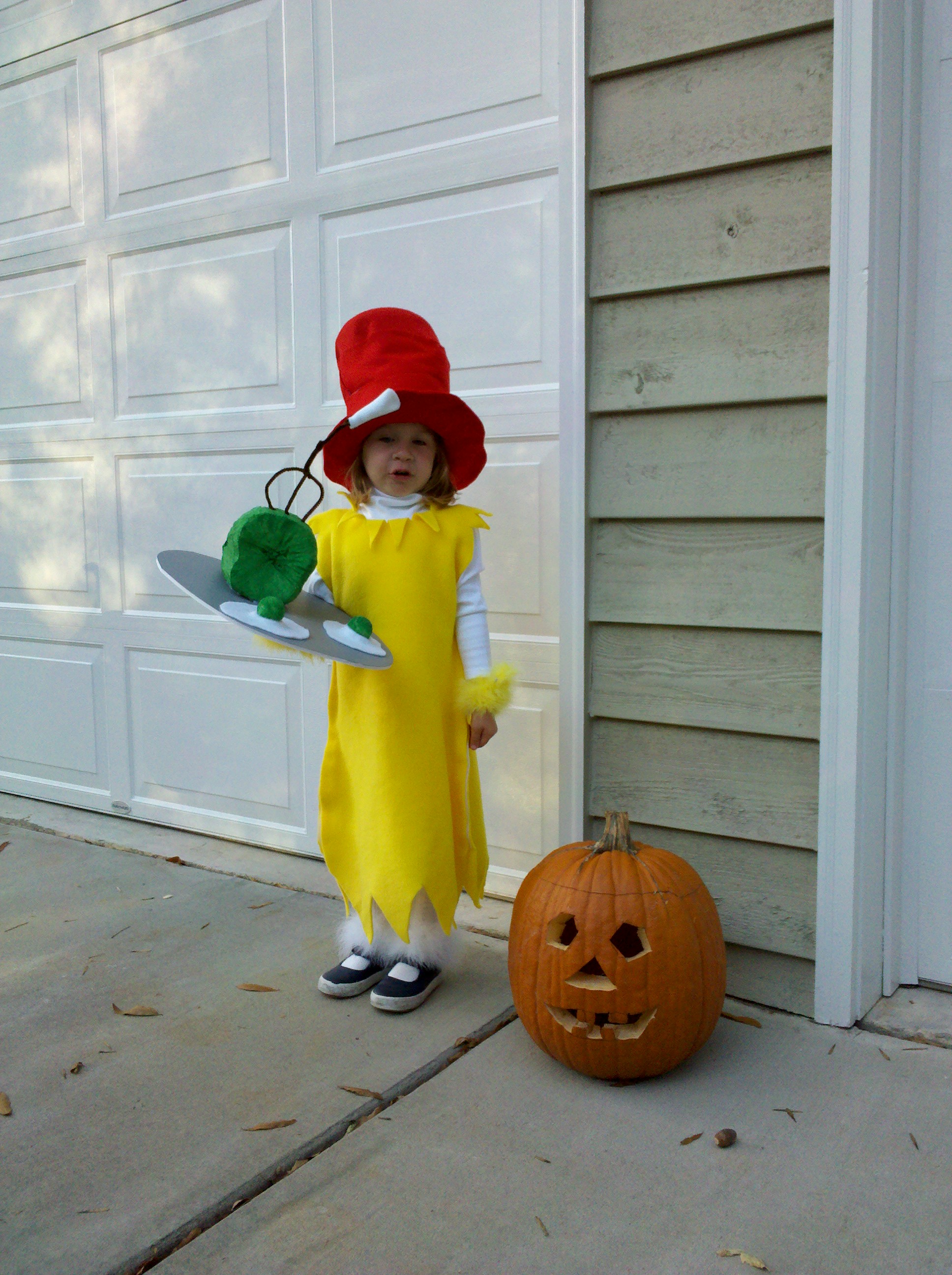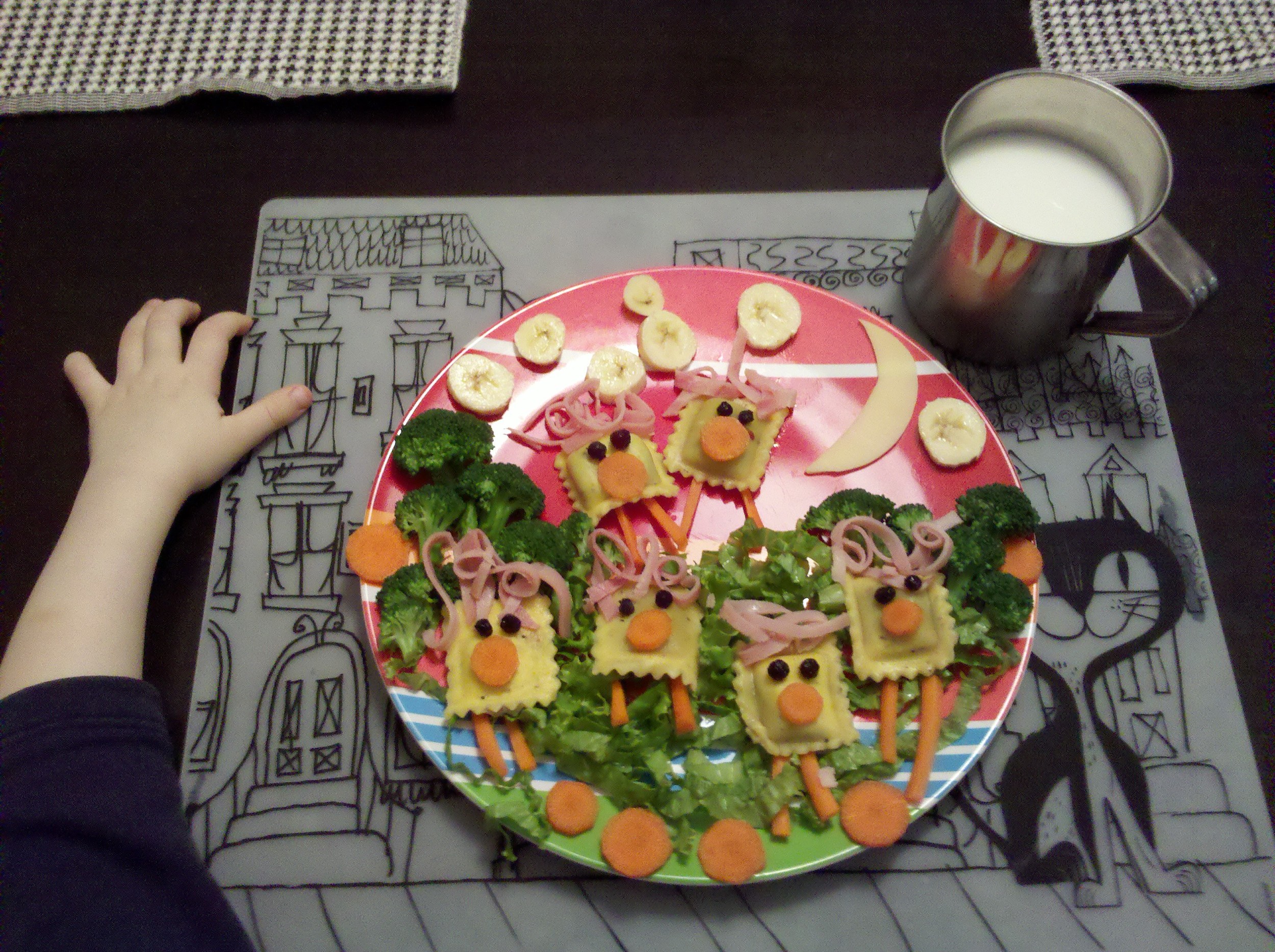by Rosa T. Sheng, AIA, LEED AP BD+C
Dear Zaha,
I was in disbelief when I heard about your death on Thursday, during the morning commute. I didn't want to believe it. I thought surely this must have been a hoax. But the link was from the BBC which included an official statement from your firm. In the days since, many articles have been written, paying tribute to your legacy. You were not just one of the greatest architects of our time. The fact IS that you were the first woman architect to make a very large crack in the proverbial glass ceiling of our historically male dominated profession; Of many accolades, you were the first woman to be internationally recognized for your design work. You were the first woman architect to win the Pritzker Architecture Prize in 2004 and most recently, the first woman to win the Royal Institute of British Architect's Gold Medal in 2016.
I appreciated that you spoke out about the challenges in our profession, when many were afraid to speak. Your work was before its time, you had an uphill climb, but you persevered regardless of the critics at every step of your journey; questioning whether you deserved the honors and recognition that you rightfully earned. In so many ways, you were (and are still) one of our greatest champions, a role model to many, and most influential to those that are women in the profession; who feel the greatest loss of all. Rest assured that we will uphold your fearlessness and leadership by example. We will not waiver from our path, in Architecture's Lean in Moment, to be recognized for our individual and collective work as architects (who just so happen to be women). You have proved to the world that it can be done.
Beatrice Colomina once said, "Women are the ghosts of modern architecture, everywhere present, crucial, but strangely invisible. In your lifetime, you have made yourself visible and in essence broken the spell for the rest of us. Things are slowly beginning to change. Our discussions about inequity are no longer back room, but an international movement to get more recognized for their talent and accomplishments within the profession. We will continue to build metrics, meaning and matrices that promote equity in Architecture.
“ I believe in progress, I think if we do enough research, we can push the envelope and get better results… That’s what I like about architecture. It’s exhilarating, but also heart-breaking.”
There is no doubt that we will feel the loss of your talent, your beautifully futuristic buildings, and your audacious authenticity. But we will not give up hope. Your architecture is exhilarating and your departure is also heart-breaking. But, we will forge on with our research and continue to push the boundaries to lead our profession to a better place in your honor.
Farewell, Rest in Peace,
Rosa
The following is a compilation of articles worth reading that reflect upon Dame Zaha Hadid's passing. If you would like to contribute to the EQxD series: "Dear Zaha", Please contact us. We will be posting throughout the month of April as we receive them.
The devastating loss of Zaha Hadid for women in Architecture via Quartz by Anne Quito
Why we talk about Zaha Hadid's gender and ethnicity even though her architecture transcended both LA Times by Carolina Miranda
How Zaha Hadid became Zaha Hadid Written by Sara Ben Lashihar
Female Architects on the Significance of Zaha Hadid NYTimes by Randy Kennedy and Robin Pogrebin
Female Architects speak out on Sexism, unequal pay and more. NYTimes by Robin Pogrebin
An Architect who first imagined, then proved, that space could work in radical new ways.
A Tribute to Zaha Hadid by Taz Loomans via BloomingRock
Via Youtube, Zaha discusses the challenges of gender and race in Architecture.
























